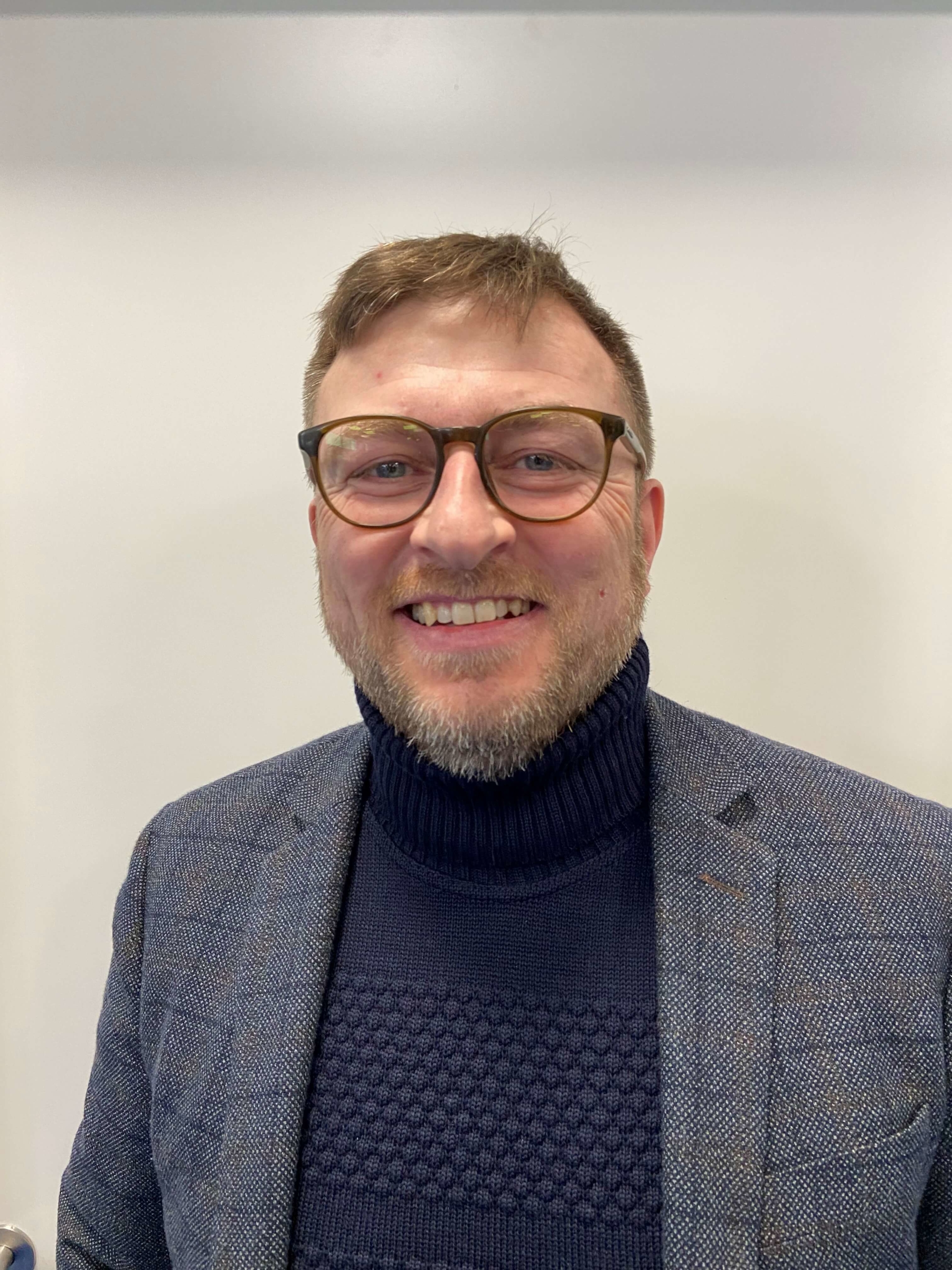Optimizing transport packaging
Through a specific customer-focused project, we have been looking at ways to reduce transport costs and packaging material.
One of the topics was how to fit more cartons on a pallet when shipping to our customers. We found that in some cases, we could increase the pallet height with up to two layers without any negative effects on the products, thus increasing the amount of products per pallet.
In the plant in Aarhus, a new pallet pattern has been made to increase the packs per layer from 10 to 12. Combined with the extra layers, this will give up to 40% more products per pallet. In the plant in Terneuzen, an extra layer has been added for specific products. In combination with an increasing number of cartons per box and optimizing pallets, this has led to a 43% improvement.
During this process, we learned that we could improve our current foil wrapping of finished pallets. By optimizing the stretching of the foil during wrapping, we managed to reduce the amount of stretch foil used by 60%. This was not in the scope of the original project but turned out to be a very positive side effect, reducing costs, emissions, transport and operator involvement.
This has been a very exciting and inspiring project to work with, allowing us to be the change we want to see. Through the pallet optimization, we managed to reduce the first shipment from 4 to 3 full containers with the same number of cartons, while at the same time reducing plastic use! A good start, and there is great potential for more optimizing projects, being encouraged to think outside the box.
Steffen Brun Jensen, Packing Technology Manager

The new foil wrapping system is now used for all pallets leaving the plant in Aarhus. As part of this project, the foil type used was evaluated. The factory standardized into one foil type for all products rather than two different ones, optimizing the procurement process and flexibility.
This project has led to optimized and simplified processes, reduced costs, reduced use of plastic and improved fill-rate in transport. We are looking into making similar improvements in other plants as well.
